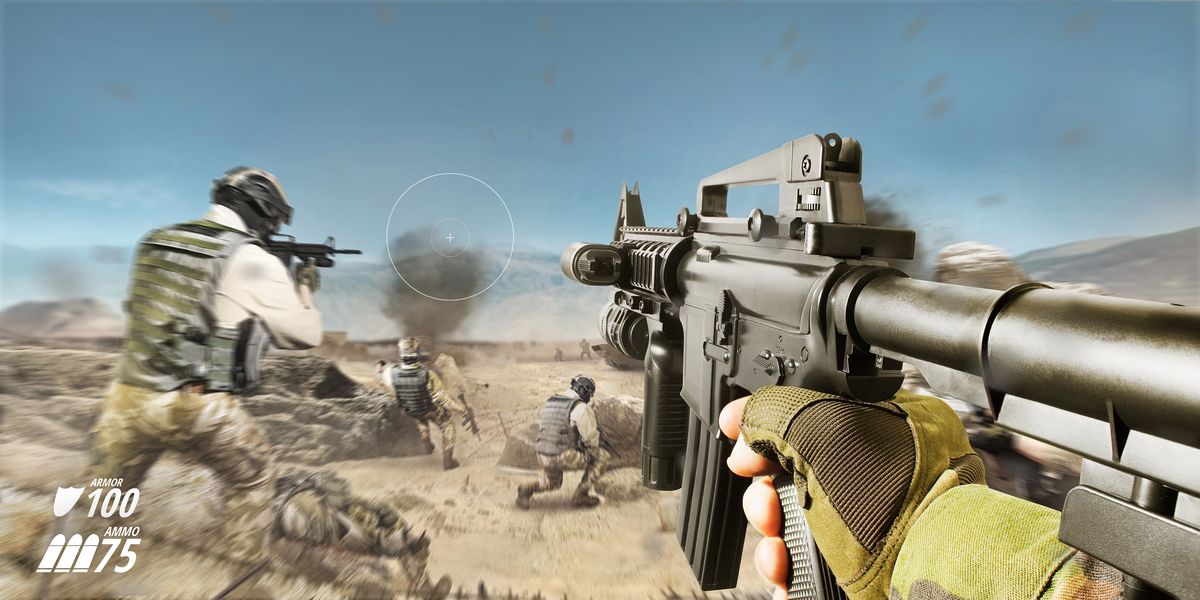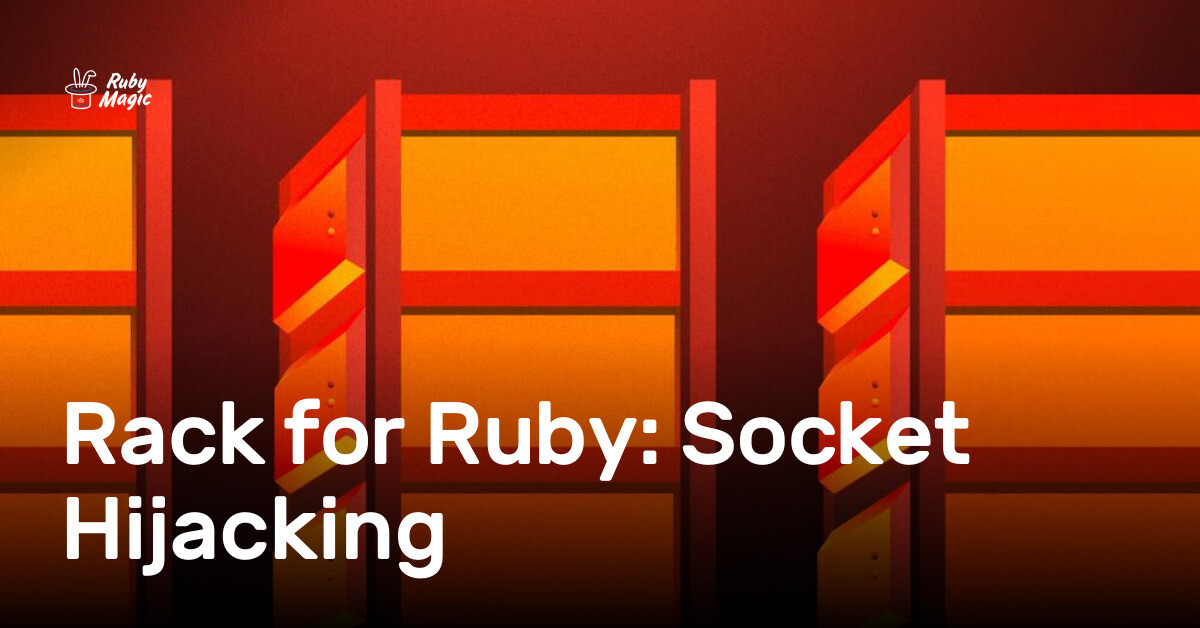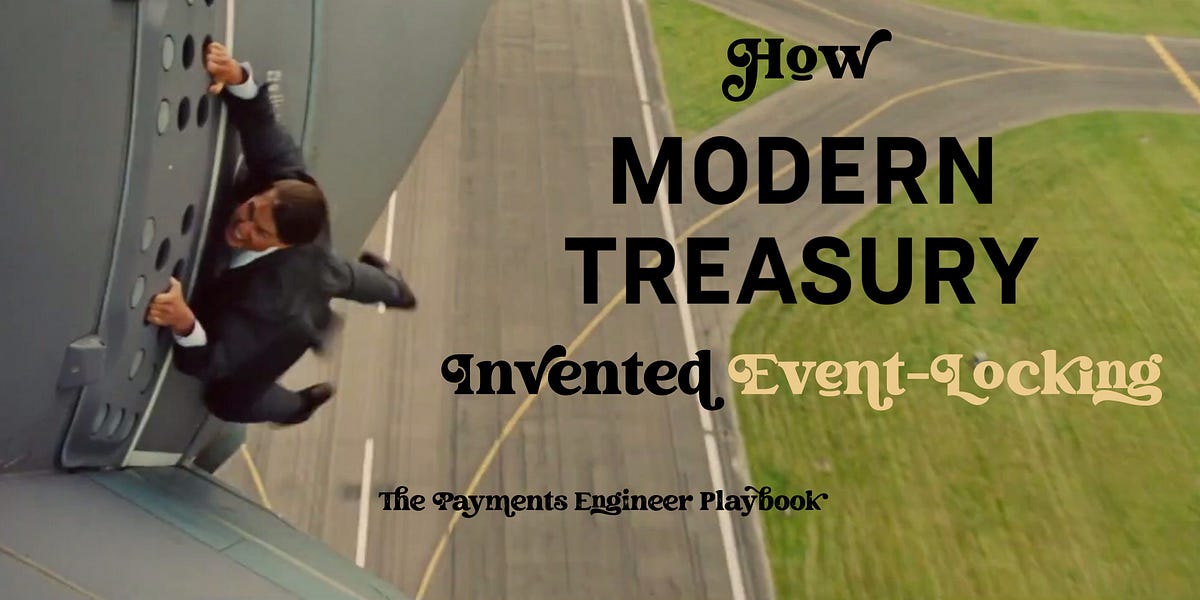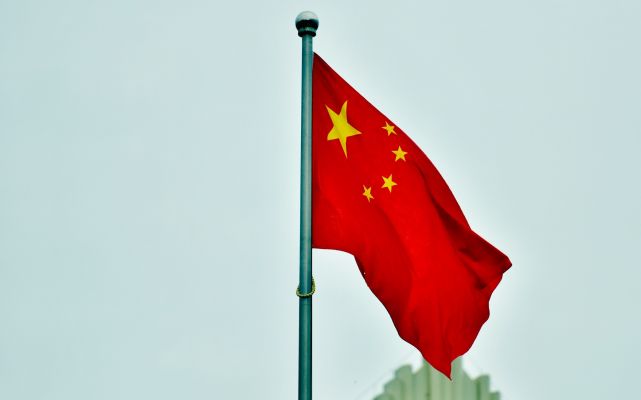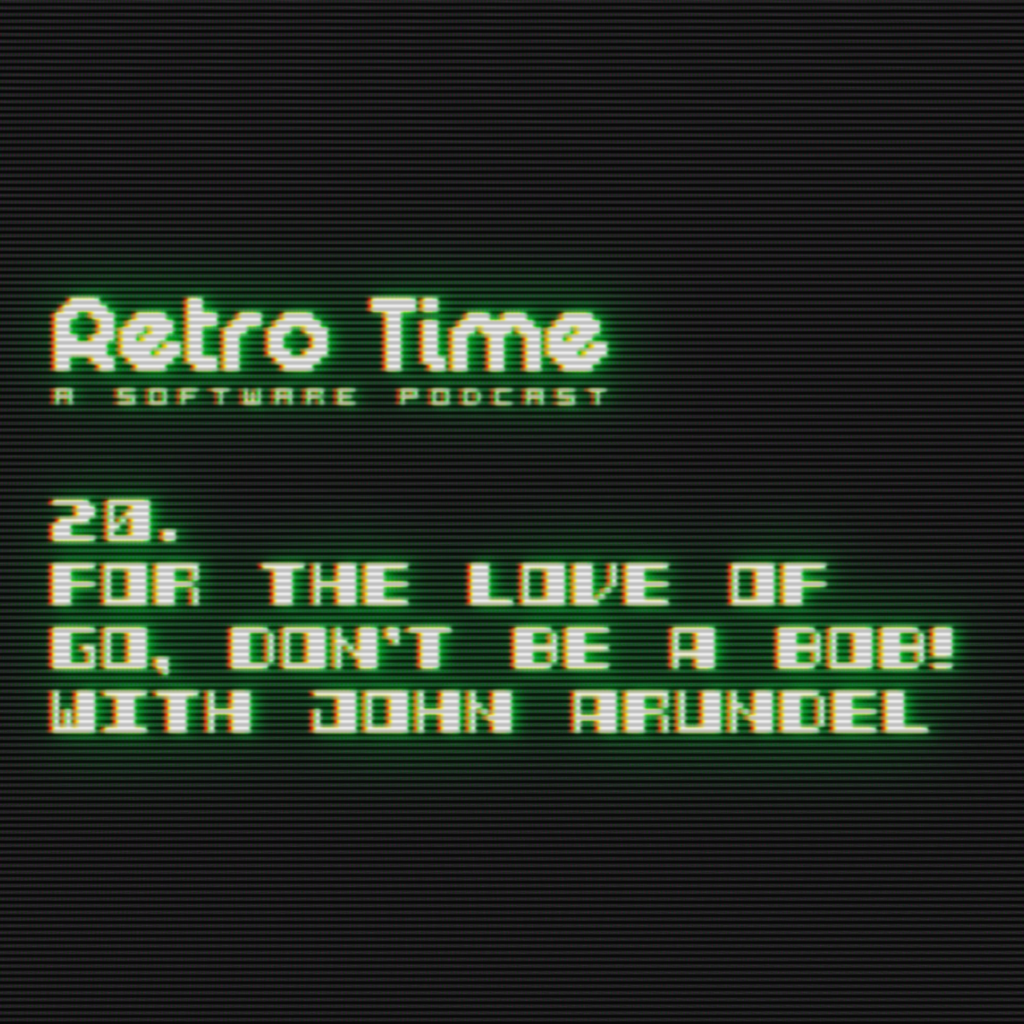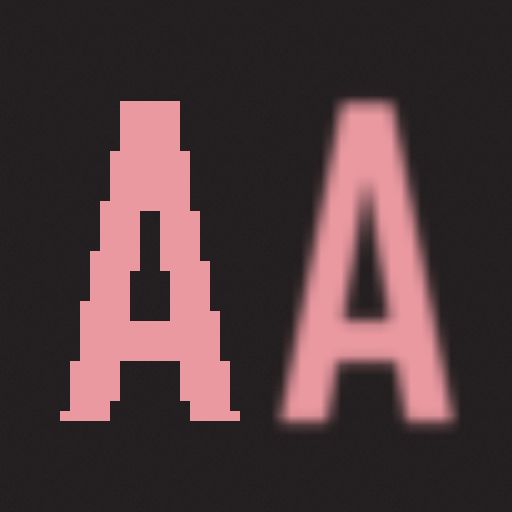
AAA - Analytical Anti-Aliasing #
Today’s journey is Anti-Aliasing and the destination is Analytical Anti-Aliasing. Getting rid of rasterization jaggies is an art-form with decades upon decades of maths, creative techniques and non-stop innovation. With so many years of research and development, there are many flavors.
From the simple but resource intensive SSAA, over theory dense SMAA, to using machine learning with DLAA. Same goal - vastly different approaches. We’ll take a look at how they work, before introducing a new way to look a the problem - the ✨analytical🌟 way. The perfect Anti-Aliasing exists and is simpler than you think.
To understand the Anti-Aliasing algorithms, we will implement them along the way! Following WebGL canvases draw a moving circle. Anti-Aliasing cannot be fully understood with just images, movement is essential. The red box has 4x zoom. Rendering is done at native resolution of your device, important to judge sharpness.
Let’s start out simple. Using GLSL Shaders we tell the GPU of your device to draw a circle in the most simple and naive way possible, as seen in circle.fs above: If the length() from the middle point is bigger than 1.0, we discard the pixel.
Leave a Comment
Related Posts



/cloudfront-us-east-2.images.arcpublishing.com/reuters/MZSYNATQCZJZZLYXHK2B3RFO6U.jpg)
